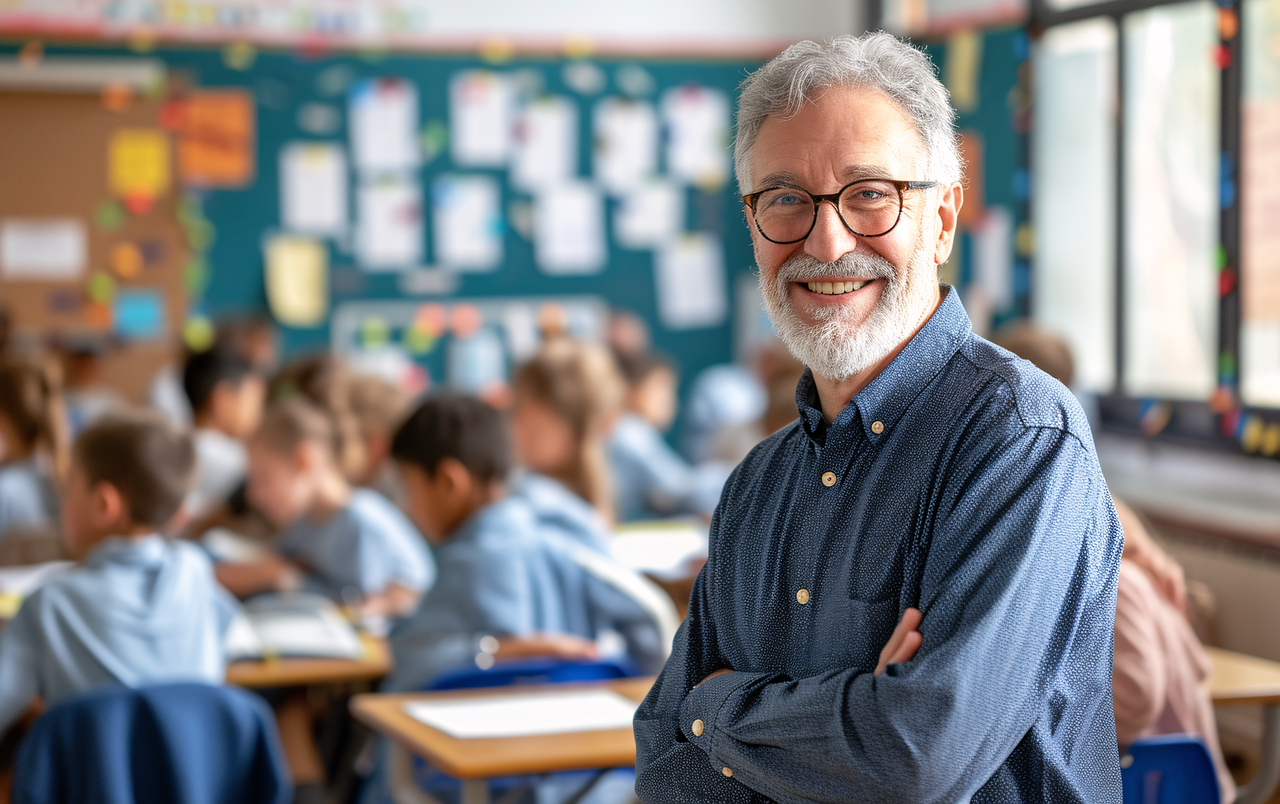Let’s begin with how gorgeous jigsaws can be a wallpaper for your room. Apart from being rather aesthetic to the eye, they are also relatively inexpensive to purchase. There are many types of jigsaw puzzles. Some jigsaw puzzles are simple with large pieces that are designed for toddlers, as well as some for preschoolers. Some are 3D puzzles that are castles and buildings.
More often than not, jigsaws consist of a picture cut up into tiny pieces of different shapes. They can vary in size from just a few pieces to a few thousands. Some people have been known to have their favorite family portrait blown up and made into jigsaw puzzles. Others make jigsaw puzzles of their favourite movie scene, or of their favourite sport or even historic location.
Putting A Jigsaw Together
Putting a jigsaw together can be quite challenging, but you can simplify things with a little planning. The first thing to do is to separate the pieces into inner pieces and outer pieces. Outer pieces have at least one straight side, whereas the inner ones will have four irregular shaped sides.
After separating the pieces, set the inner frame aside, and start assembling the outer frame of the puzzle. A little sorting will help here, as well. Separate the pieces by color, and build from the corners. If you are working on a puzzle with thousands of pieces, it may help to work on it in small segments.
Once the frame has been assembled, you will once again need to sort out the pieces. Put similar colors together, and look for distinctive features, such as eyes on people and animals, or the petals of a flower.
You will probably want to work on small sections of each color group at a time, and you may have to reshuffle the pieces several times before you start seeing your puzzle turn back into a picture. You’ll need to refer to the master picture on the box often, as this can help you determine where that eye went, or which group of clouds goes in what section of the sky.
Don’t expect to finish your jigsaw puzzle at one sitting. Some puzzles will take you many days to finish. Some could even take months! It’s even better if you trying having people join you to fix the puzzle. You’ll find that people will want to help you place the pieces. That can be very helpful, because everyone has a different perspective. It could be a wonderful family project, because basically will find it fun and be pumped to help out every now and again.
Once you have finally finished assembling your puzzle, you’ll need to glue it together so you can hang it on the wall. These are the procedures for that.
- You will need a bottle of ordinary Elmer’s glue, a sheet of cardboard or poster board, and a frame about the same dimensions as the puzzle. Spread a thin layer of ordinary Elmer’s glue over the entire top of your puzzle. Let the glue dry for at least 24 hours, and then add a second thin layer of glue. You’ll want to give the second layer about two days to dry and set. You will then turn the puzzle over, and follow the same procedure for the back.
- Once your finished puzzle is dry, glue the cardboard to the back, and let that dry another day or two.









